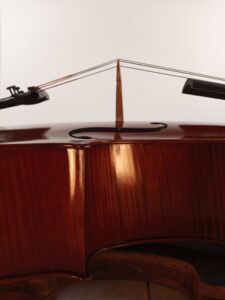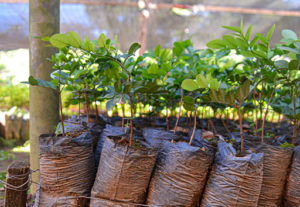Since the Portuguese colonized Brazil in 1500 CE, pernambuco (Paubrasilia echinata) has been exported around the world for various reasons, including for the use of making the finest bows for string instruments. The wood takes its name from the Brazilian State of Pernambuco, but is actually named pau brasil, which means “red/ember wood”, or brazilwood, in Portuguese. It only grows in the Atlantic forests of Brazil and was originally used to create red dyes that were in very high demand in Europe. This wood, which was growing in great abundance in the early period of European colonization, created such a wealthy new monopoly for the empire that the Portuguese renamed their South American territory from ‘Vera Cruz’, meaning True Cross, to ‘Brazil’, in honor of the valuable tree. It was during the late 18th century that pernambuco began to be used by French craftsmen, most notably by the father of the modern bow, François Xavier Tourte. Pernambuco was highly prized for its physical properties such as density and its durable yet flexible characteristics which allow it to retain its shape when it is curved, making it the most essential material for creating the highest quality bows.
Since then, the supply of pernambuco has become scarce due to deforestation and unsustainable market practices like urban sprawl and expanding livestock ranching and feed harvesting. In the late 1990s, bow makers around the world began to sound the alarm on what had been happening in Brazil. It is very clear to us that we must take an active role in protecting this precious material not only from extinction but to preserve the use of the finest materials for the future of classical music.
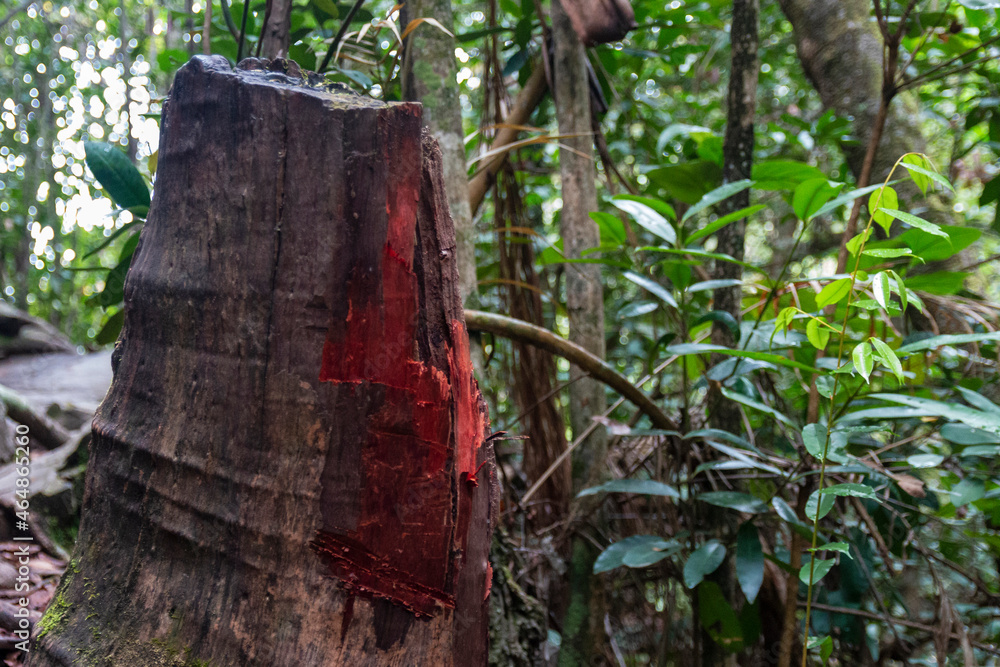
In 2007, the Convention on International Trade in Endangered Species of Wild Fauna and Flora (CITES) classified pernambuco as an Appendix II endangered species. According to the CITES website, “Appendix II lists species that are not necessarily now threatened with extinction but that may become so unless trade is closely controlled.” This month (November 2022), there will be CITES conferences in Panama City, Panama to review the status of pernambuco, among other species of flora and fauna. The Brazilian government has requested CITES to re-categorize pernambuco as Appendix I, which would put it on par with the restrictions on ivory. It will be devastating to the classical music industry, making it nearly impossible to travel with a pernambuco bow… If Appendix I ever becomes a reality this would be an immediate cultural disaster worldwide, not only for the musicians, but for bow making as well, disrupting an entire industry, and causing a priceless loss of knowledge and expertise to future generations. Do we have your attention now? We hope so. Pernambuco, unlike ivory, can be saved from this classification, and its forests can be sustainably restored if we act immediately. Help us in this fight to keep pernambuco alive for both the environment and for music-making.
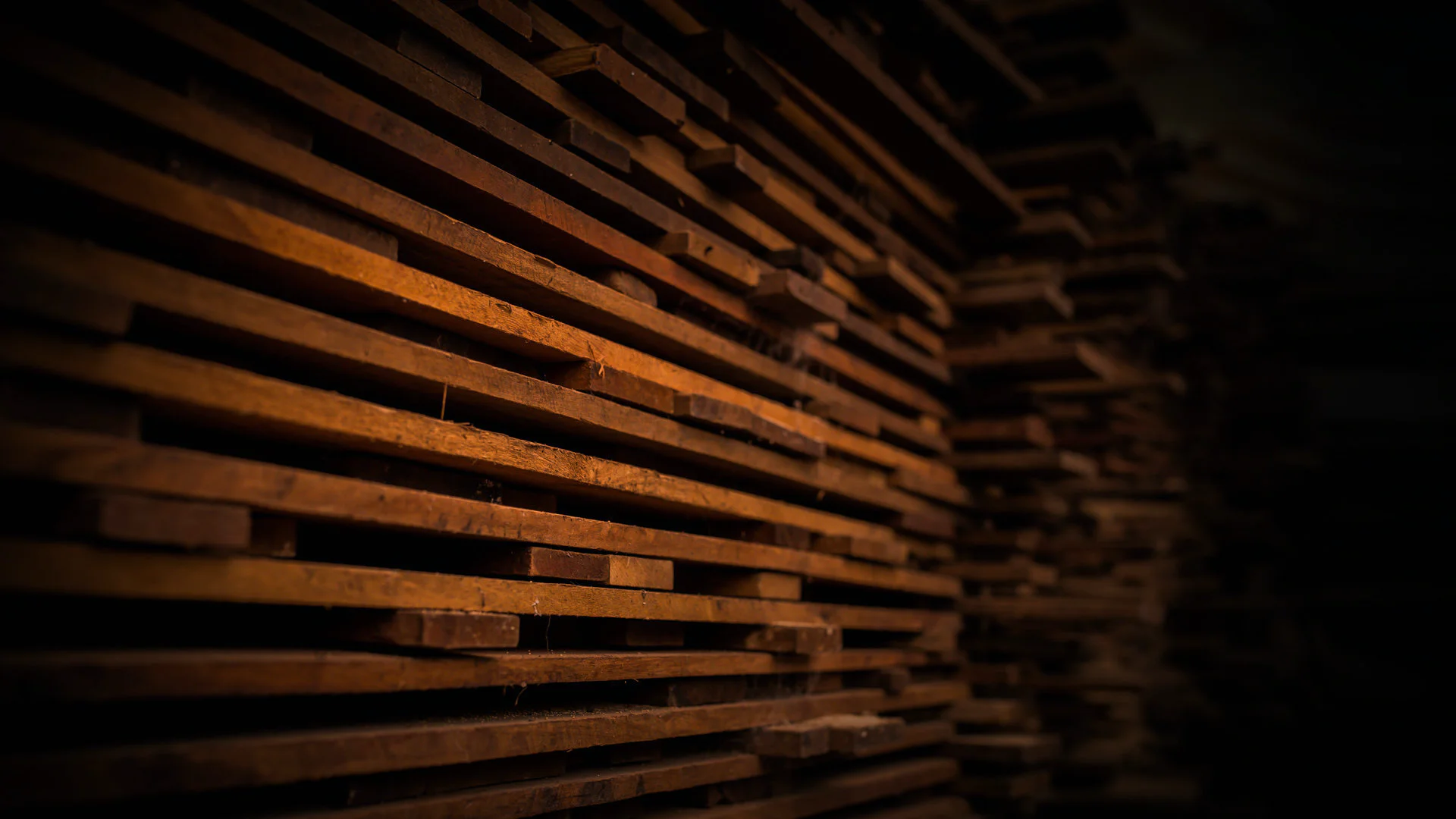
Here are a few things you can do to help us conserve the pernambuco supply and help repopulate the Atlantic forests of Brazil:
- It is important that we collectively preserve the pernambuco wood which has already been made into bows of all quality grades. Practicing good habits in the care and use of your bow will help keep it healthy and viable. A well-maintained bow can last for centuries.
- It is important to have your bow insured. The value of pernambuco is increasing due to increasing scarcity, especially in anticipation of the proposed CITES convention. You may need your bow re-appraised to account for the higher current value. [William Harris Lee & Co. offers insurance appraisal services in all our shops.]
- Having a certificate of authenticity is also a good idea, to help verify your bow’s provenance. If you plan to travel outside the country, you will not be able to take your bow that includes real ivory, unless you can prove it was made before 1976, and you have obtained a CITES passport. You’ll want to be as prepared as possible if you are questioned about your bow by a customs authority.
- Regular maintenance, such as getting your bow rehaired regularly, will also give your bow opportunities to be examined for any wear and tear. Always loosen the hair when not in use. Before and after playing, give it a quick inspection along with your instrument to make sure all its parts are still in good order. You would be surprised how many accidents happen from not observing the state of equipment before and after use.
- Even lesser quality brazilwood bows should be preserved, when acquiring a higher-level pernambuco bow, in order to help care for and protect the existing supply in circulation overall.
- Consider pau brasil alternatives such as carbon fiber bows— advanced ones can provide similar characteristics to pernambuco in responsiveness, sensitivity, and tonal vibrancy. Especially awaiting the CITES ruling, there’s never been a more urgent time to buy a carbon fiber bow than now, just in case your pernambuco bow might be unable to travel with you. Check out William Harris Lee & Co.’s carbon fiber bow options here.

- Help raise awareness on the deforestation of Brazilian forests including the Amazon rainforest as well as the Mata Atlântica forest, the only place in the world where pau brasil grows.
- Get involved with a conservation group such as the International Pernambuco Conservation Initiative or the International Alliance of Violin and Bow Makers for Endangered Species. These groups are dedicated to protecting pernambuco forestry and are committed to supporting local farmers as well as lobbying for sustainable pernambuco regulations.
- Sign this petition on Change.org to help fight the restrictions that may be placed on musicians and bow makers while advocating for pernambuco sustainability.
- If having a pernambuco bow is important to you, consider buying one of the bows we offer from Arcos Brasil or Sousa Bows! Not only do we enjoy these high-quality makers, but the firms are also dedicated to planting pernambuco seedlings to regrow the forest for future makers.
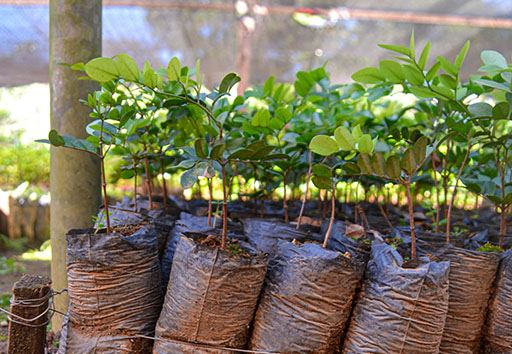
Links to resources:
IPCI: International Pernambuco Conservation Initiative http://www.ipci-usa.org/
International Alliance of Violin and Bow Makers for Endangered Species https://www.alliance-usa.org/
International Musicians Petition on Change.org
Trees of Music Campaign https://www.crowdfunder.co.uk/p/trees-of-music
The League of American Orchestras on the subject: https://americanorchestras.org/pernambuco-exemption-and-conservation/
Northeastern Atlantic Coastal Forest Project
https://www.nybg.org/bsci/res/bahia/Pau_Brasil.htm
Global Trees Campaign https://globaltrees.org/threatened-trees/trees/pau-brasil/
Arcos Brasil bows: https://arcosbrasil.com/
Sousa bows: https://www.sousabows.com/
CodaBow: https://www.codabow.com/
Bows at William Harris Lee & Co.
